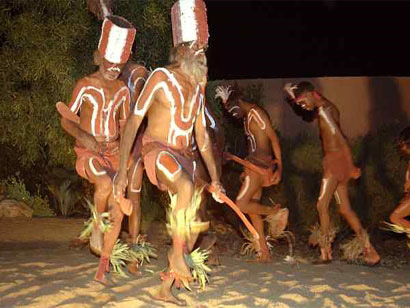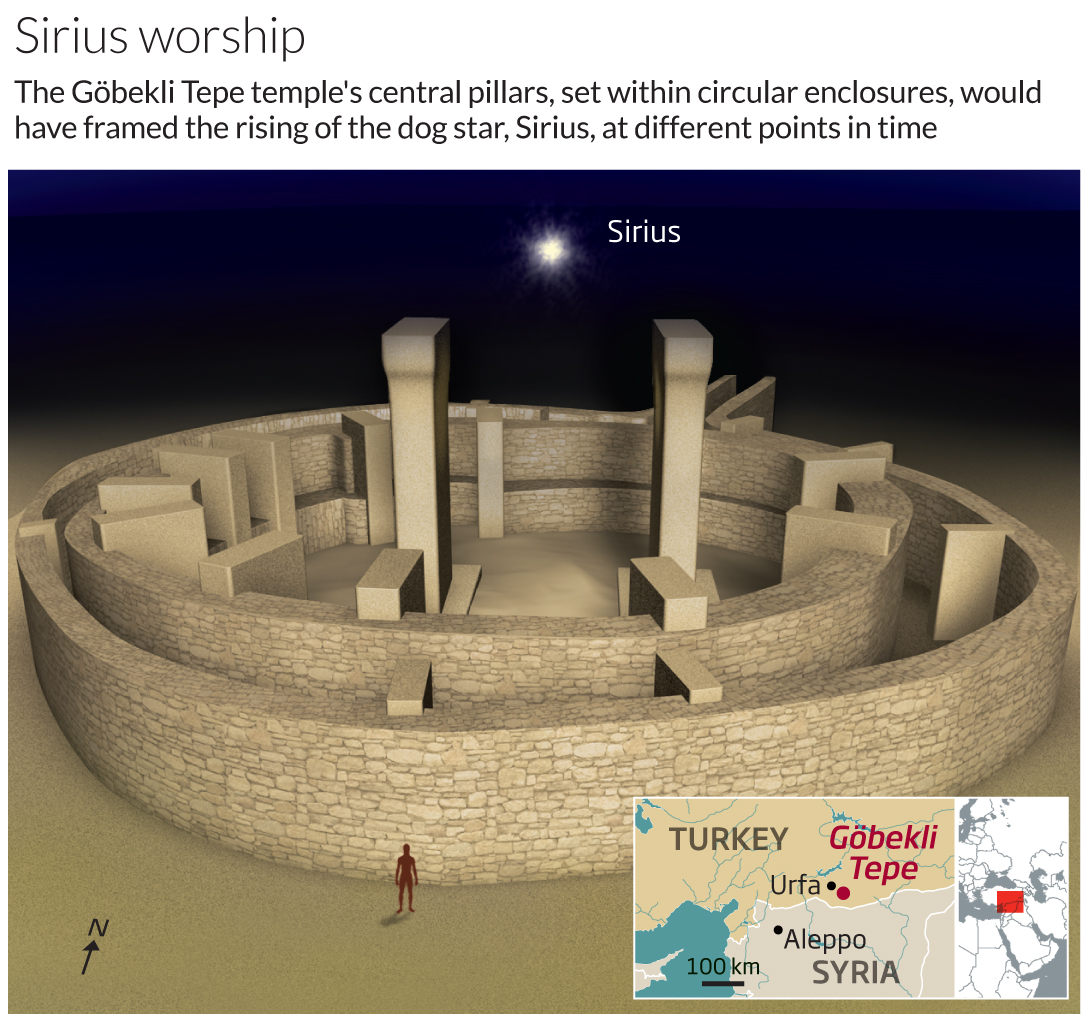Ritual
DESCRIPTION
Share +Ritual is used to create a sense of ourselves and our place in the universe. Rituals function in a framework of science and measurement. Art creates the symbol and science provides the mechanism for measurement. The collective ritual works with those elements over time to define the group's place in the cosmos and a sense and story of origin.
All peoples tribes and nations have creation myths, imaginative visions of how they and the universe came into being. Those visions are communcated and transmitted through oral narratives or performative remembering of primordial acts in collective ceremonies. For oral cultures, rituals and ceremonies represent the primary means for recording and maintaining the origins, history and beilefs of the community.
Origins of Rituals. The first human rituals may date back 70,000 years to San Bushmen of South Africa, which centered on the Giant Python as the original creator of life. This python myth is probably the precursor of the Rainbow Snake of Aboriginal Australia.
Chris Knight picks up the theme in his essay: Menstrual Synchrony and the Australian Aboriginal Rainbow Snake.
Over much of Aboriginal Australia men exercise ritual power through ceremonies (stated in myths once to have been the prerogative of women) in which they symbolically “menstruate” and “give birth.” The resultant power is conceptualized as a rainbow-like snake, which is said to be the source of life and which “swallows” humans and then “regurgitates” them, now “reborn.”
[...]
The Snake is in the first instance a ritual phenomenon. In one of its aspects it is an all-female ritual presence...As female, I suggest, it is the ritual synchronization of women’s reproductive cycles and menstrual and/or afterbirth flows...With their blood flows conjoining, they form a single flow or stream — its elements as harmoniously conjoined and as inseparable as those of a snake.
From a subtopic in the essay entitled The Snake as "Penis" and Male Power,
The penis is cut along the underside, the incision reaching to the urethral canal; the organ then opens out wide. During rituals the wound is re opened toproduce a flow of blood.
[...]
In 1937 Ashley Montagu first put forward the theory that “subincision in the male was originally instituted in order to cause the male to resemble the female with respect to the occasional effusion of blood which is naturally characteristic of the female.”... The Pitjandjara call the subincision hole a “penis womb” (Róheim). Róheim notes further that subincision in general produces...“a penis that is also a vagina,” adding, in agreement with earlier writers, that the bleeding men “are playing the role of menstruating women.”
[...]
As Yolngu men say in reenacting the myth of the two Wawilak Sisters,
But really we have been stealing what belongs to them (the women), for it is mostly all women’s business; and since it concerns them it belongs to them. Men have nothing to do really, except copulate, it belongs to the women. All that belonging to those Wuwalak (legendary bleeding sisters), the baby, the blood, the yelling, their dancing, all that concerns the women; but every time we have to trick them. Women can’t see what men are doing, although it reallyis their own business, but we can see their side...In the beginning we had nothing, because men had been doing nothing; we took these things from women.
Links to articles related to ritual
Why Ritual?, by Chris Knight
Why God Wont Go Away, by Eugene dAquili and Andrew B. Newberg.
Ritual and Religion in the Making of Humanity by Roy Rappaport (see p26 0f 461)







